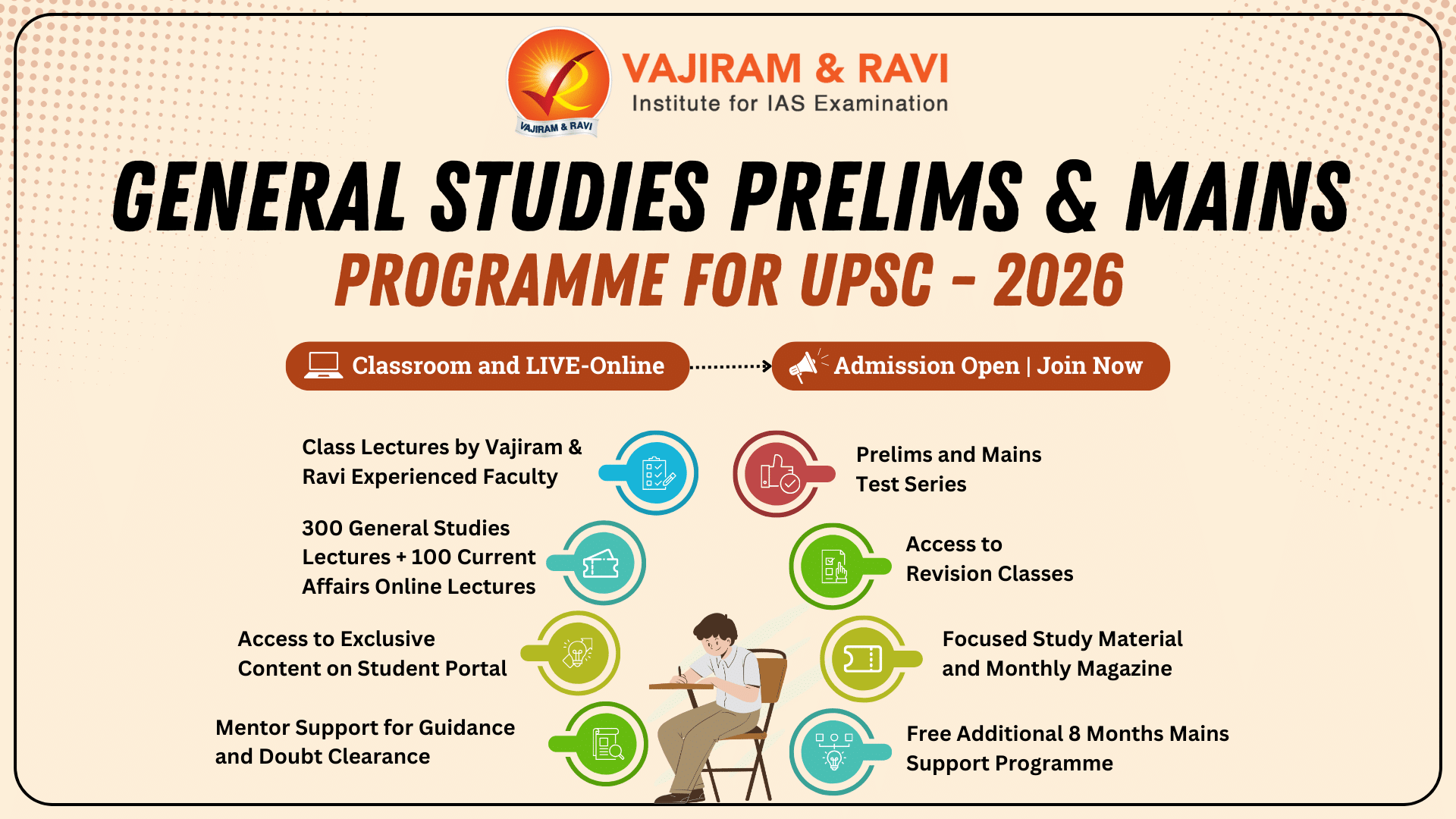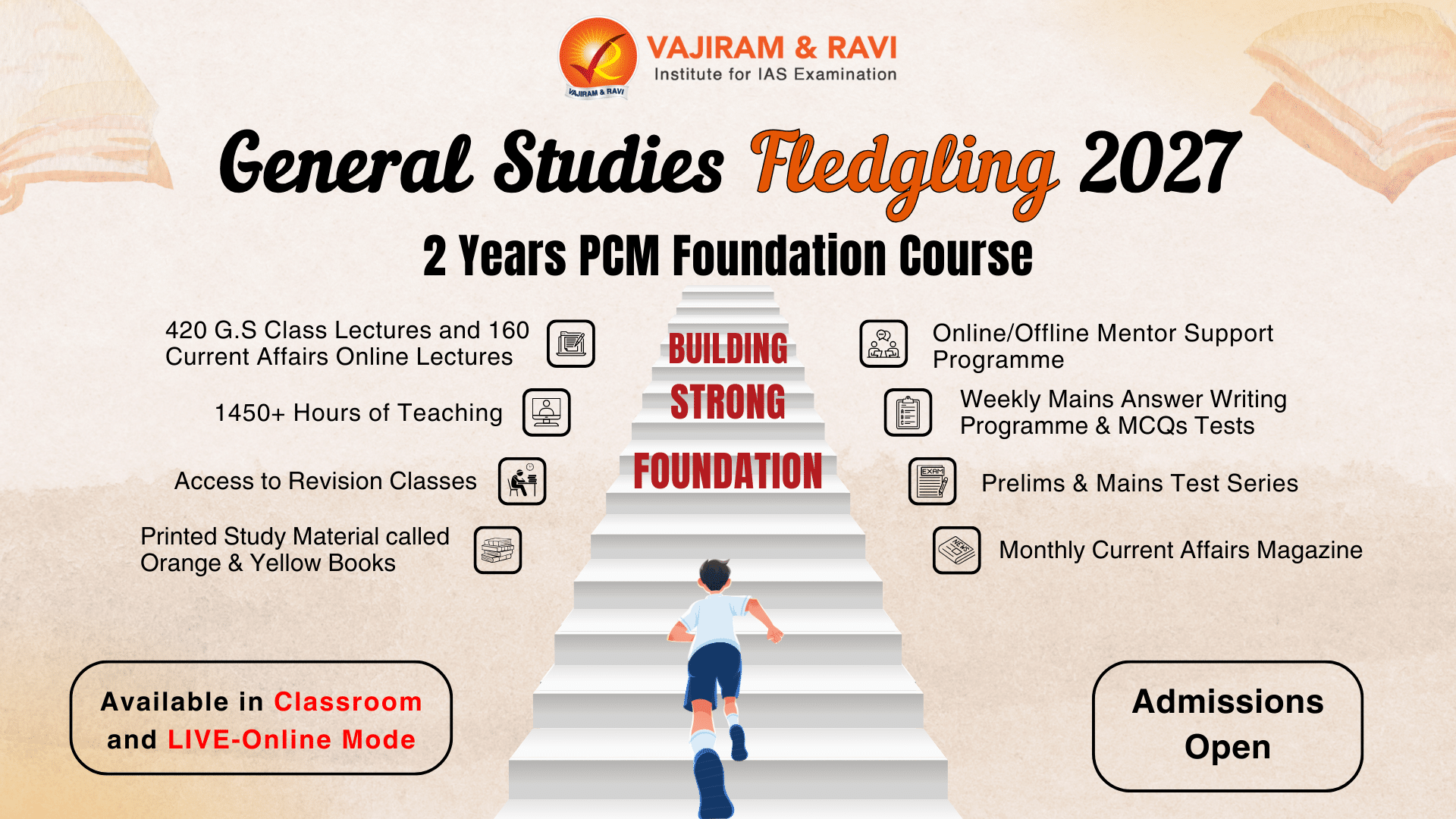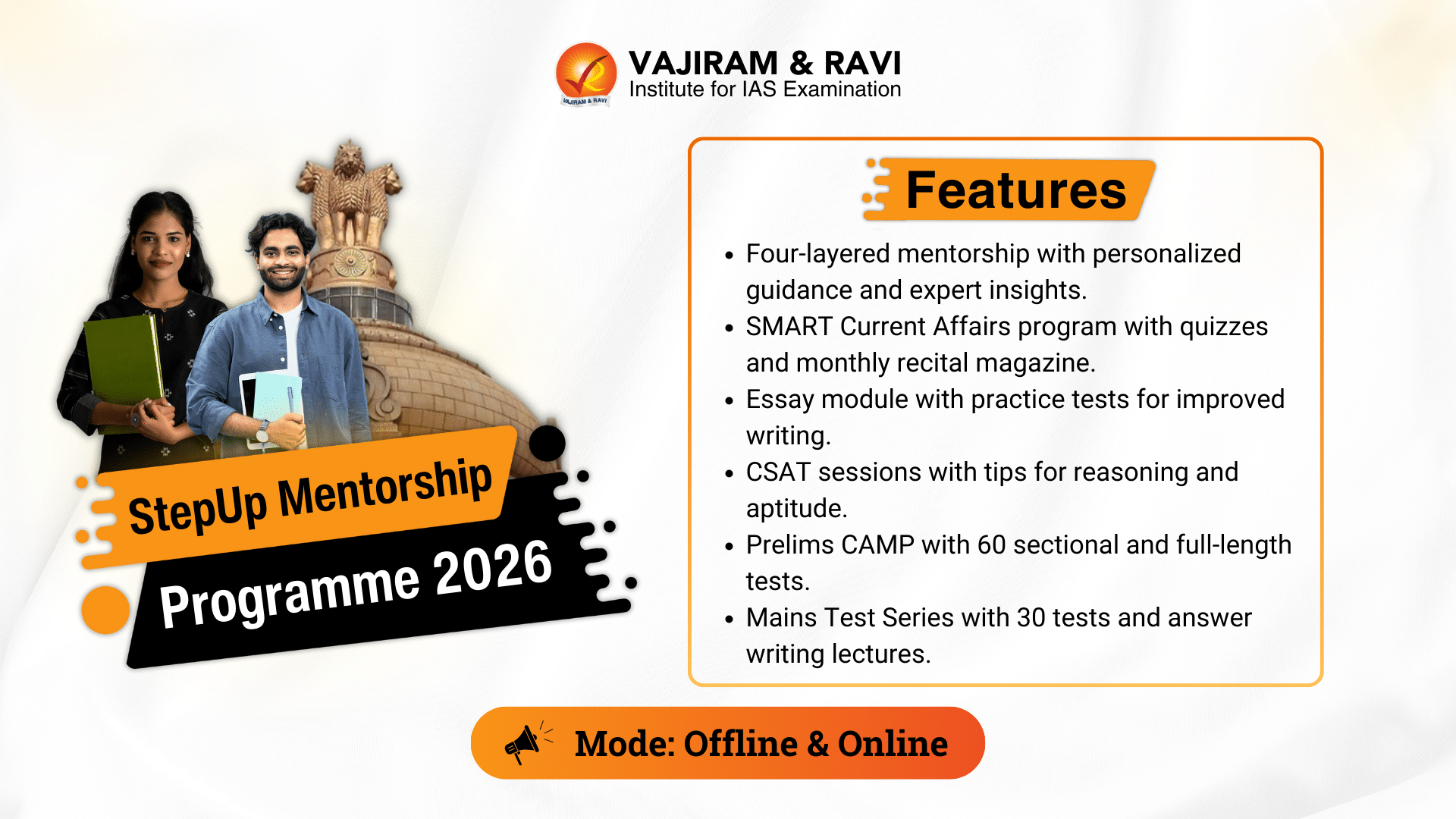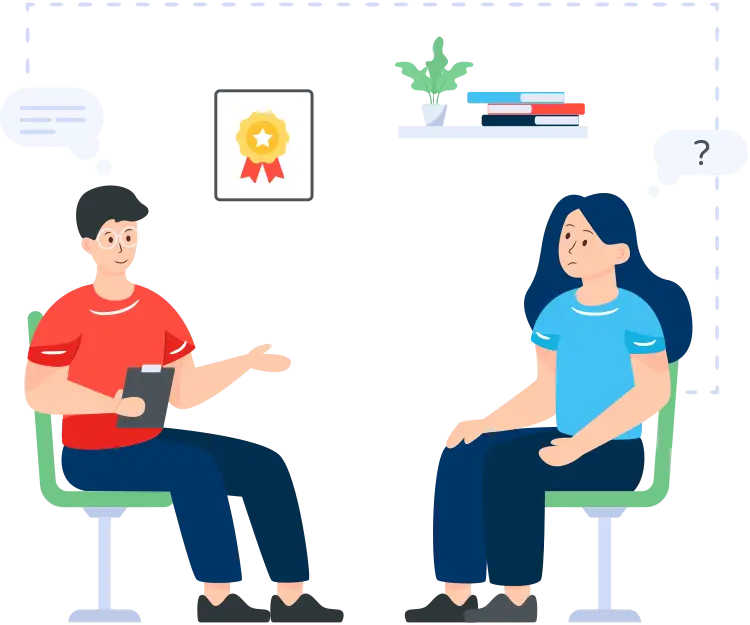What’s in Today’s Article?
- Endogamy in India Latest News
- Introduction
- Endogamy in India: A Cultural and Social Perspective
- Genetic Implications of Endogamy
- News Summary
- Endogamy in India FAQs
Endogamy in India Latest News
- Recently a study on the topic of Endogamy in India conducted by CSIR Bhatnagar Fellow at the CSIR-Centre for Cellular and Molecular Biology (CCMB) and senior scientist K. Thangaraj has been published.
Introduction
- Endogamy, or the practice of marrying within a specific social, caste, or religious group, has been a long-standing tradition in India.
- It is deeply rooted in the country’s cultural and social structures, particularly within caste and tribal communities.
- While endogamy has historically been seen as a way to preserve community identity, customs, and social cohesion, modern studies have highlighted its significant implications for genetic health.
- A recent study by the CSIR-Centre for Cellular and Molecular Biology (CCMB) reveals that endogamy contributes to population-specific diseases in India.
- The study, conducted by senior scientist K. Thangaraj and his team, provides key insights into how genetic mutations arising from endogamy can influence health outcomes and drug responses.
Endogamy in India: A Cultural and Social Perspective
- Endogamy has traditionally played a vital role in maintaining social hierarchy and group identity in India. Some of the key factors influencing its practice include:
- Caste System & Social Structure
- The varna (caste) system in Hindu society promotes marriage within one’s caste and sub-caste to maintain social status and hereditary occupations.
- Similar trends are observed among Muslim, Christian, and tribal communities, where intra-group marriages are encouraged to maintain religious and cultural identity.
- Regional & Linguistic Endogamy
- Certain linguistic groups in India also practice regional endogamy, restricting marriage within their own community to preserve cultural traditions and dialects.
- Example: The Tamil Brahmins, Gujarati Patels, and Marwari business communities follow strict endogamy.
- Economic & Political Influence
- Endogamous marriages help preserve family wealth, political power, and business interests by preventing external influences from diluting family assets and decision-making.
- Many business families in India, such as those in Gujarat and Rajasthan, prefer marrying within their communities for financial stability.
Genetic Implications of Endogamy
- While endogamy has historically served as a means of cultural preservation, recent genetic research highlights its potential drawbacks.
- Increased Risk of Genetic Disorders
- The CSIR-CCMB study found that marrying within small communities leads to a higher prevalence of genetic mutations, which increase the risk of hereditary diseases.
- Ankylosing Spondylitis (a type of arthritis) is more common among the Reddy community of Andhra Pradesh due to the presence of a specific genetic variant, HLA-B27:04 risk allele.
- Other population-specific genetic disorders have also been observed, emphasizing the role of genetic screening and counselling.
- Drug Metabolism & Personalized Medicine
- The study also examined pharmacogenomic markers, revealing that certain communities process medications differently due to genetic variations.
- Drugs such as Tacrolimus (an immunosuppressant) and Warfarin (a blood thinner) have different effects in individuals from different genetic backgrounds, highlighting the need for personalized medicine.
- Need for Genetic Counselling
- Dr. Thangaraj and his team suggest that genetic counselling and screening programs be introduced to identify high-risk groups and provide medical guidance.
- This is particularly relevant in rural and marginalized communities, where knowledge of genetic disorders remains limited.
News Summary
- A study led by the CSIR-Centre for Cellular and Molecular Biology (CCMB) highlights that endogamy is a major contributor to health disparities in India. Some key takeaways from the research include:
- Genetic mutations caused by endogamous marriages are responsible for hereditary diseases in specific populations.
- The presence of HLA-B27:04 risk allele leads to a high incidence of ankylosing spondylitis among the Reddy community in Andhra Pradesh.
- Drug metabolism variations were observed in different populations, influencing the effectiveness of medicines such as Tacrolimus and Warfarin.
- The study underscores the need for genetic screening, counselling, and medical interventions to manage population-specific health risks.
- The findings, published in the Journal of Genetics and Genomics, mark an important step in understanding India’s genetic landscape and developing better diagnostic and treatment strategies.
Conclusion
- Endogamy has been a defining feature of India’s social and cultural fabric, shaping identities and traditions across generations.
- However, its genetic consequences raise concerns about hereditary diseases and drug response variations.
- With new scientific research shedding light on the health impact of inbreeding and genetic mutations, the need for genetic counselling, public awareness, and improved healthcare policies has become more urgent than ever.
- Future strategies must focus on balancing cultural traditions with medical advancements to ensure better health outcomes for all communities.
Endogamy in India FAQs
Q1. What is endogamy?
Ans. Endogamy refers to the practice of marrying within a specific social, religious, or ethnic group to maintain cultural identity and traditions.
Q2. Why is endogamy widely practiced in India?
Ans. Endogamy is prevalent in India due to the caste system, religious customs, and economic interests, which promote marriage within specific communities.
Q3. What are the health risks associated with endogamy?
Ans. Endogamy increases the risk of genetic disorders due to inbreeding, leading to hereditary diseases and altered drug responses in some communities.
Q4. What did the CSIR-CCMB study reveal about endogamy?
Ans. The study found population-specific genetic mutations, including a higher prevalence of ankylosing spondylitis in certain communities and variations in drug metabolism.
Q5. How can endogamy-related health issues be addressed?
Ans. Introducing genetic screening, public awareness programs, and personalized medicine approaches can help manage the health risks associated with endogamy.
Source: TH
Last updated on June, 2025
→ UPSC Notification 2025 was released on 22nd January 2025.
→ UPSC Prelims Result 2025 is out now for the CSE held on 25 May 2025.
→ UPSC Prelims Question Paper 2025 and Unofficial Prelims Answer Key 2025 are available now.
→ UPSC Calendar 2026 is released on 15th May, 2025.
→ The UPSC Vacancy 2025 were released 1129, out of which 979 were for UPSC CSE and remaining 150 are for UPSC IFoS.
→ UPSC Mains 2025 will be conducted on 22nd August 2025.
→ UPSC Prelims 2026 will be conducted on 24th May, 2026 & UPSC Mains 2026 will be conducted on 21st August 2026.
→ The UPSC Selection Process is of 3 stages-Prelims, Mains and Interview.
→ UPSC Result 2024 is released with latest UPSC Marksheet 2024. Check Now!
→ UPSC Toppers List 2024 is released now. Shakti Dubey is UPSC AIR 1 2024 Topper.
→ Also check Best IAS Coaching in Delhi
























